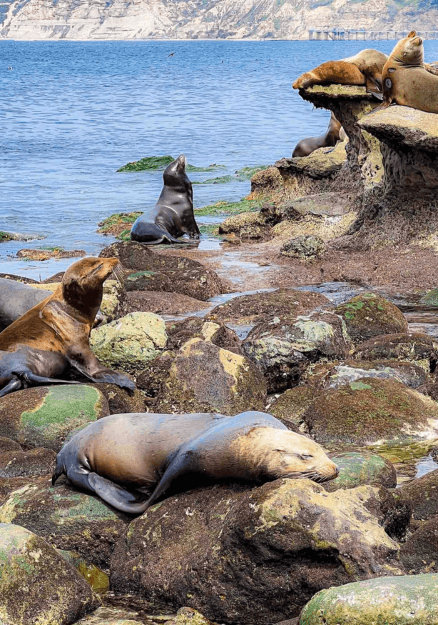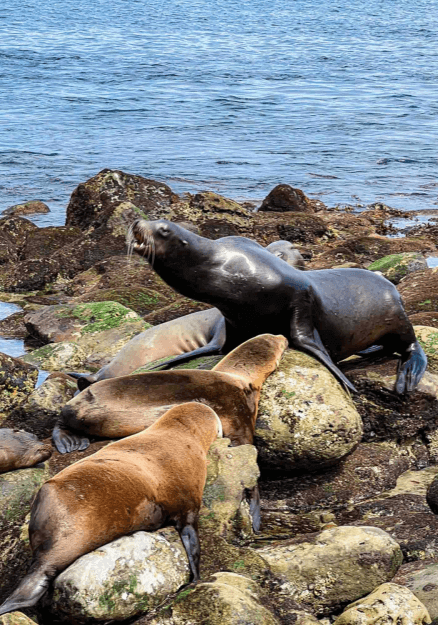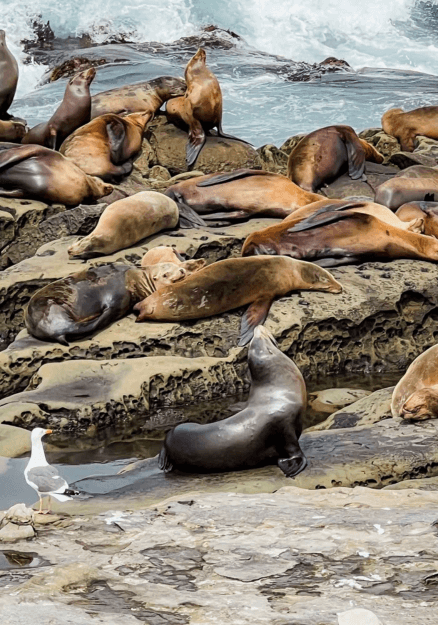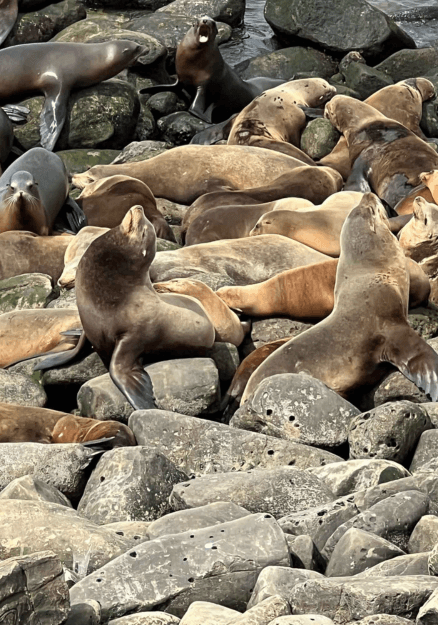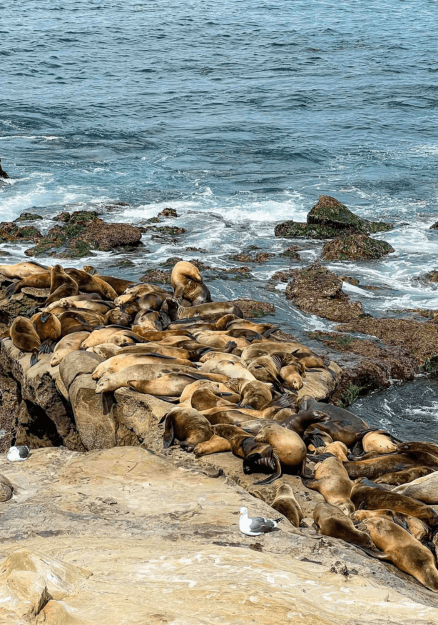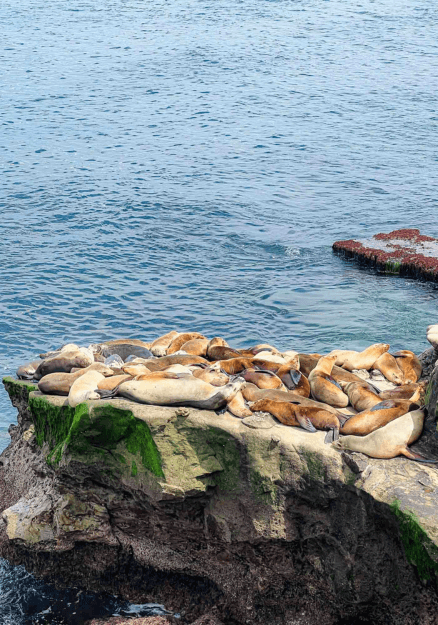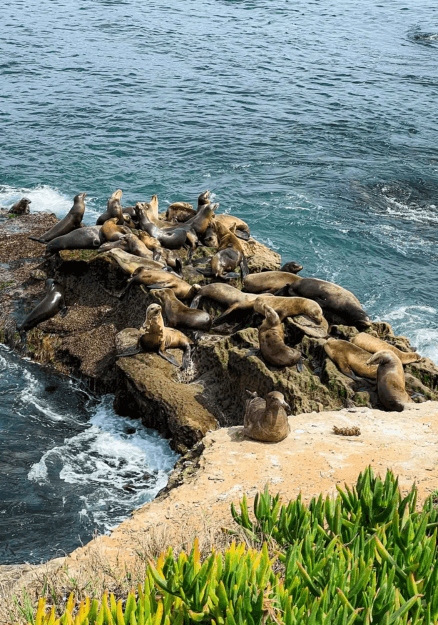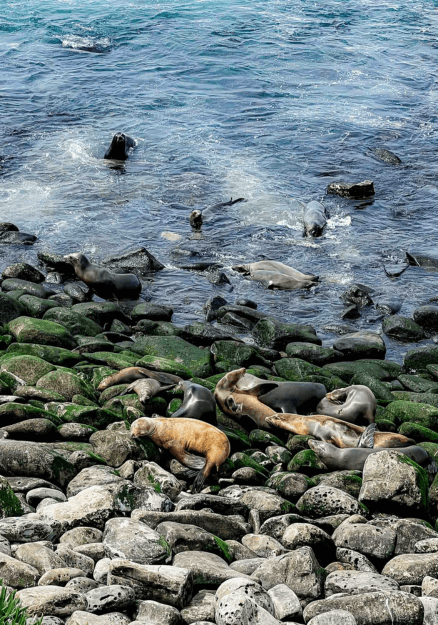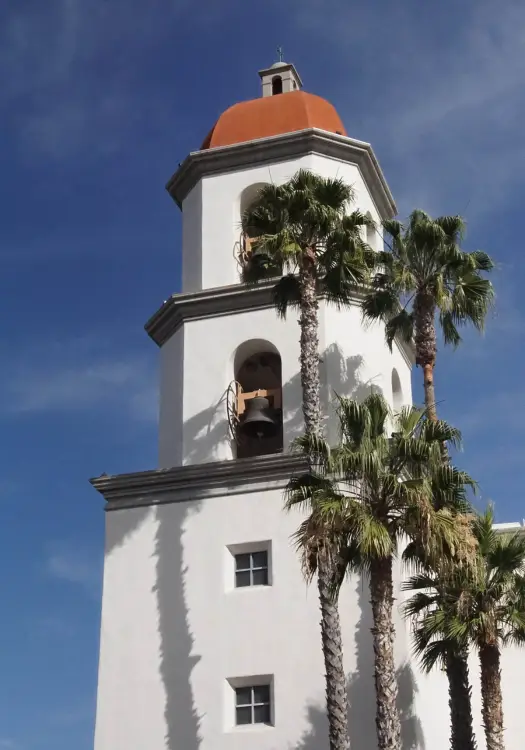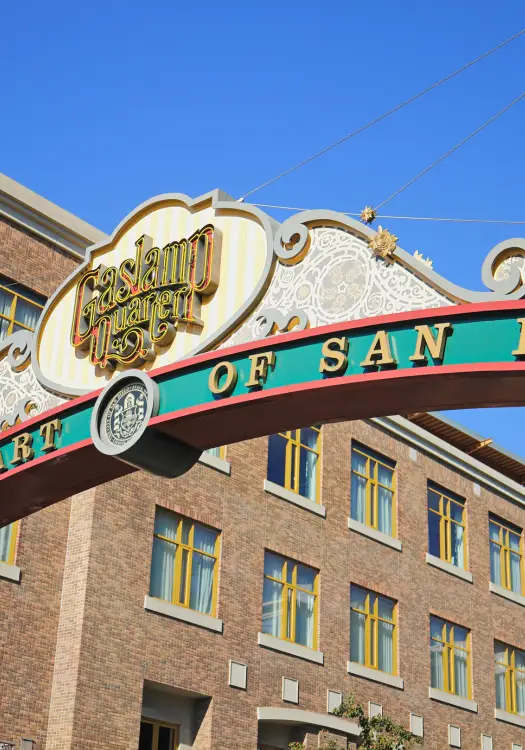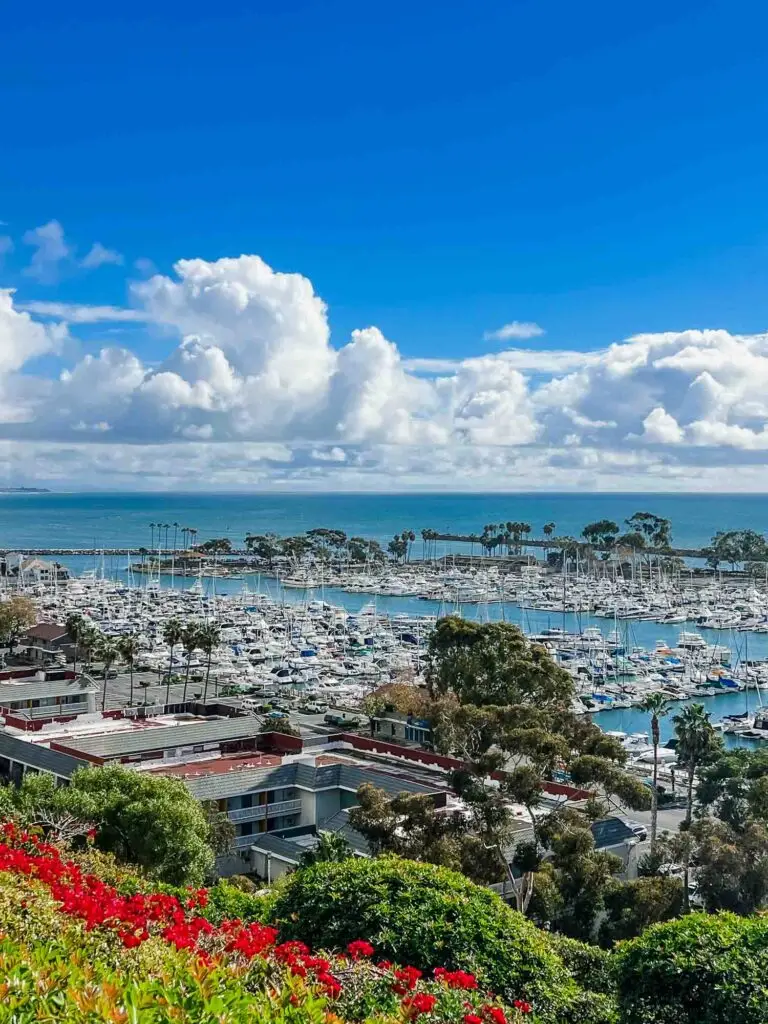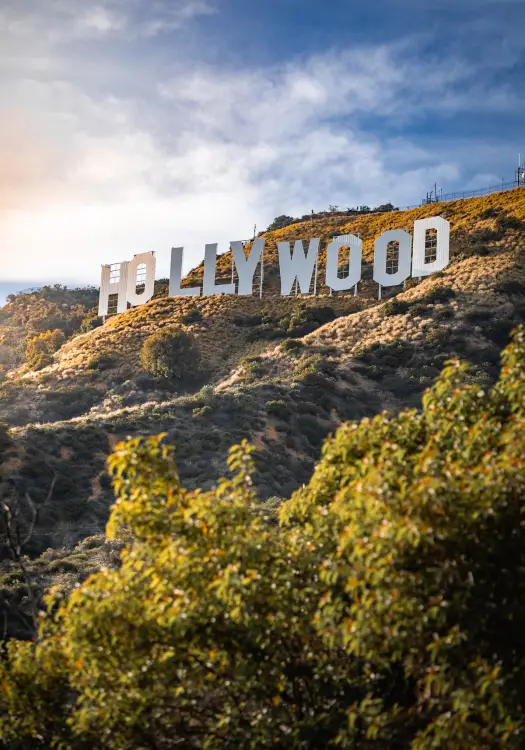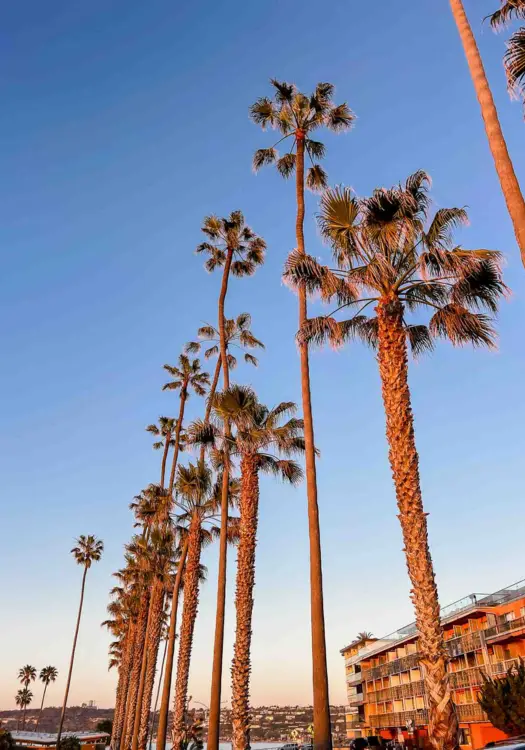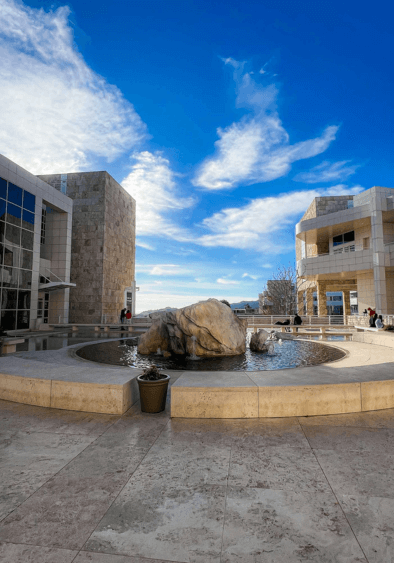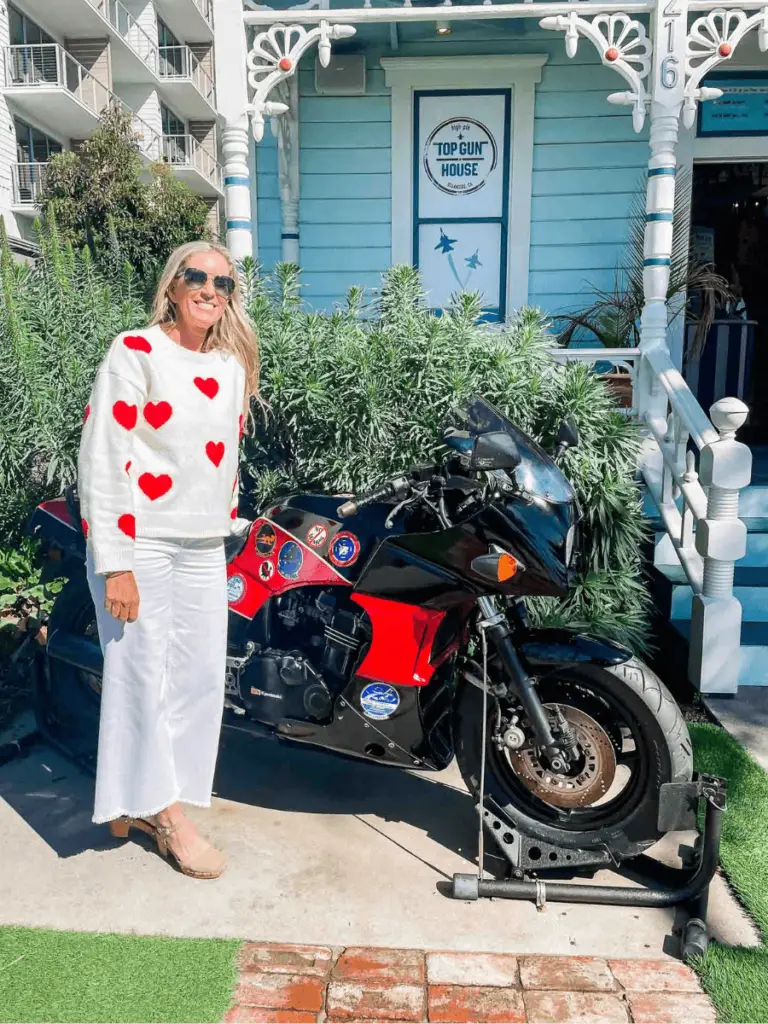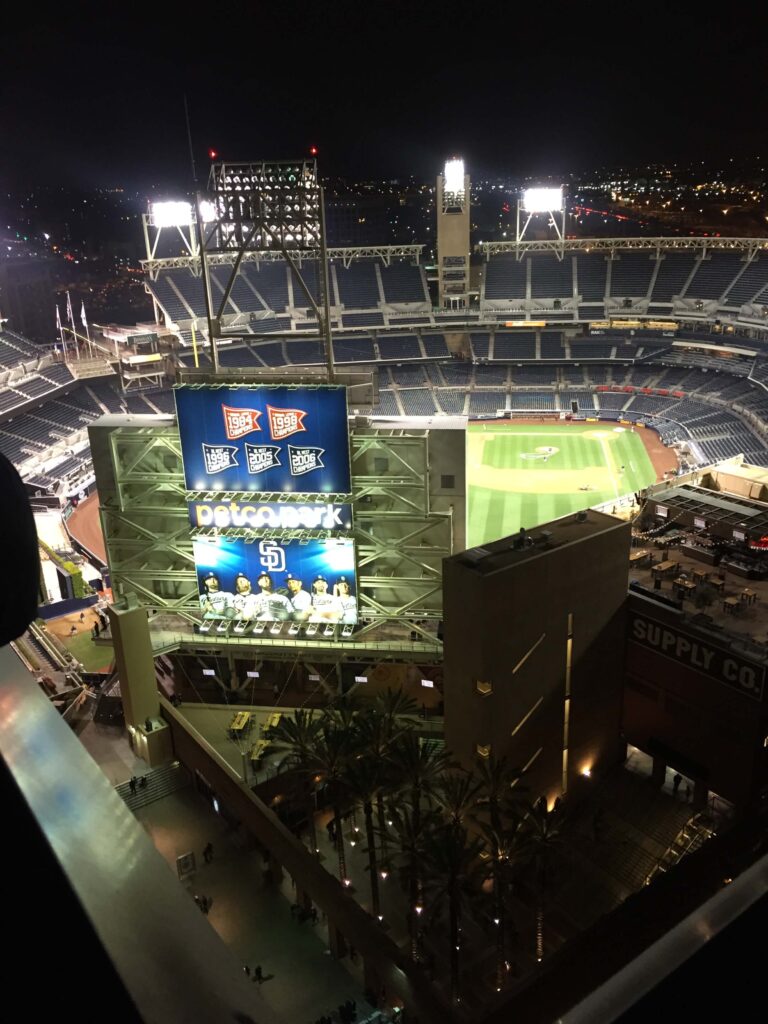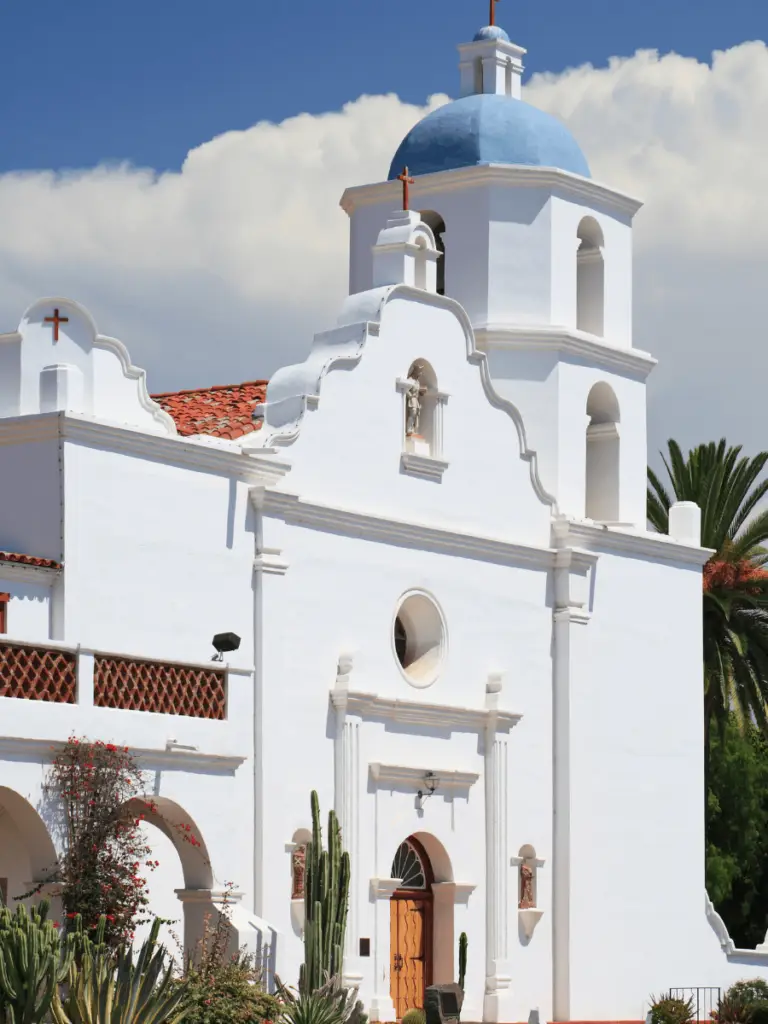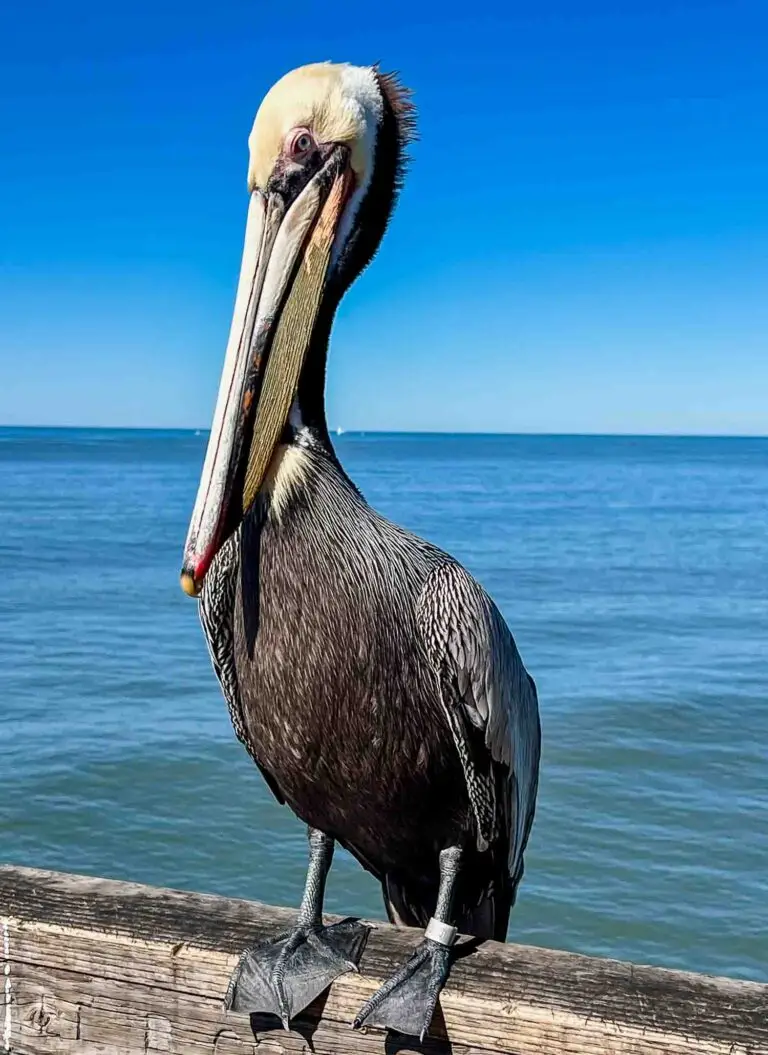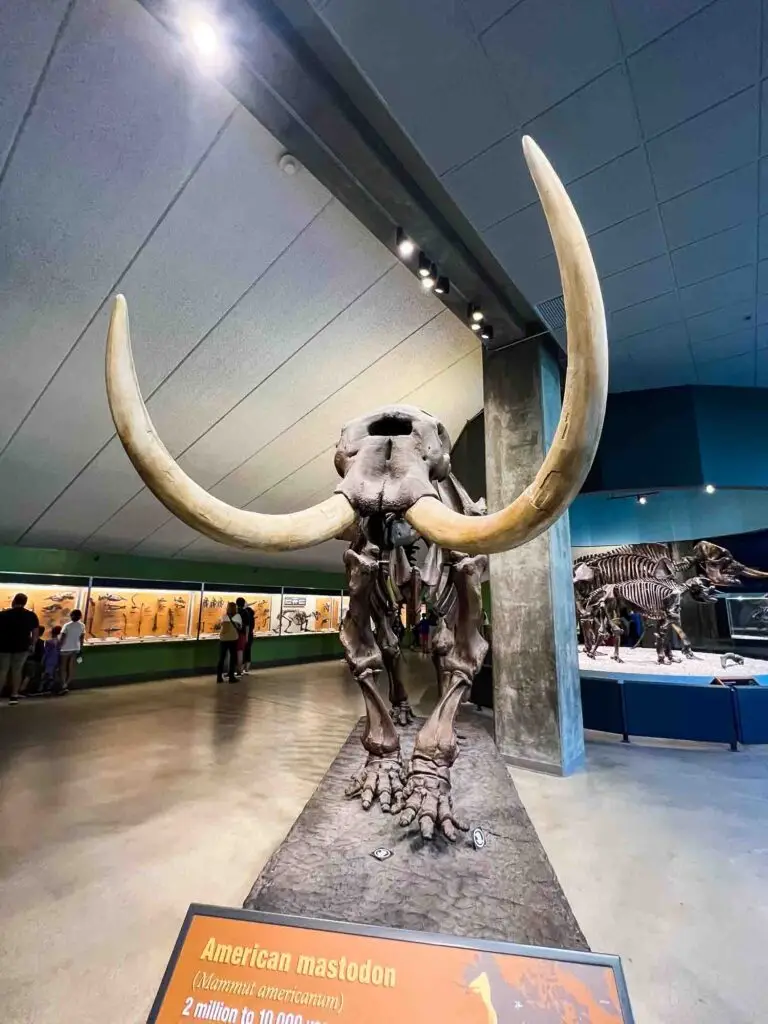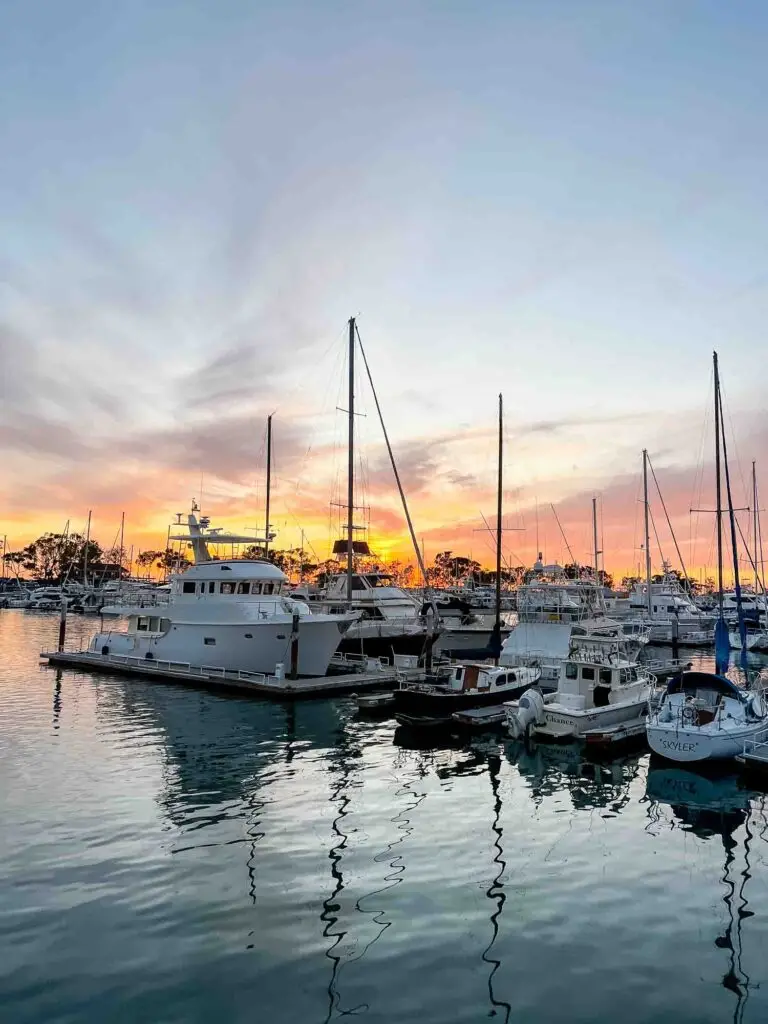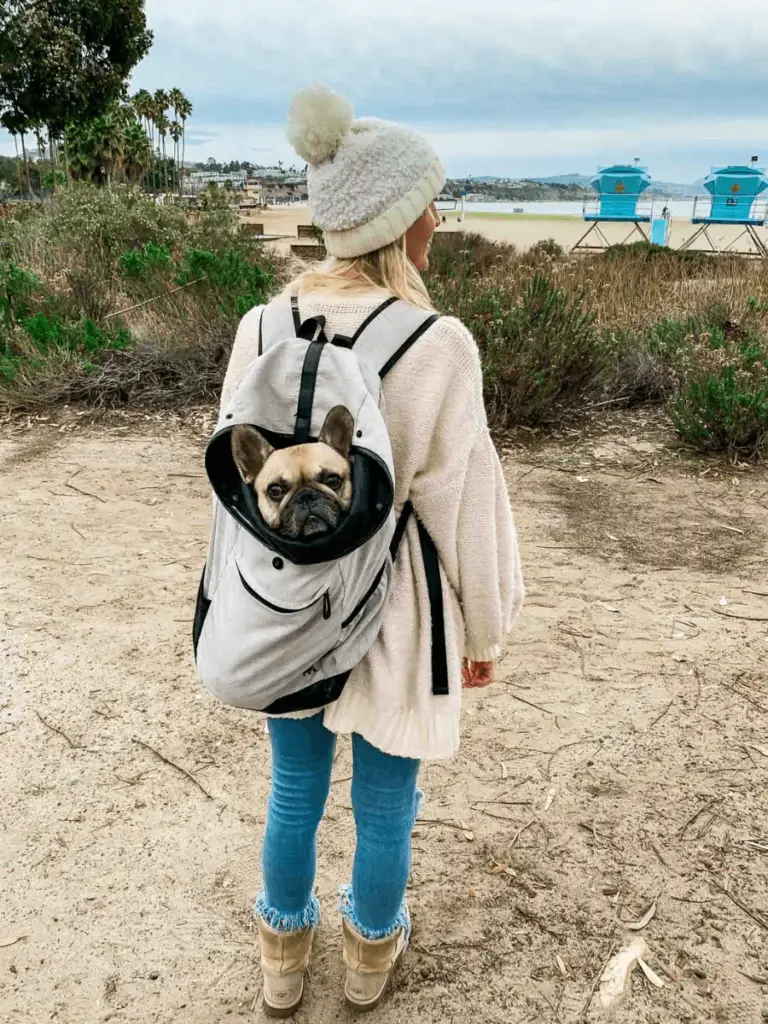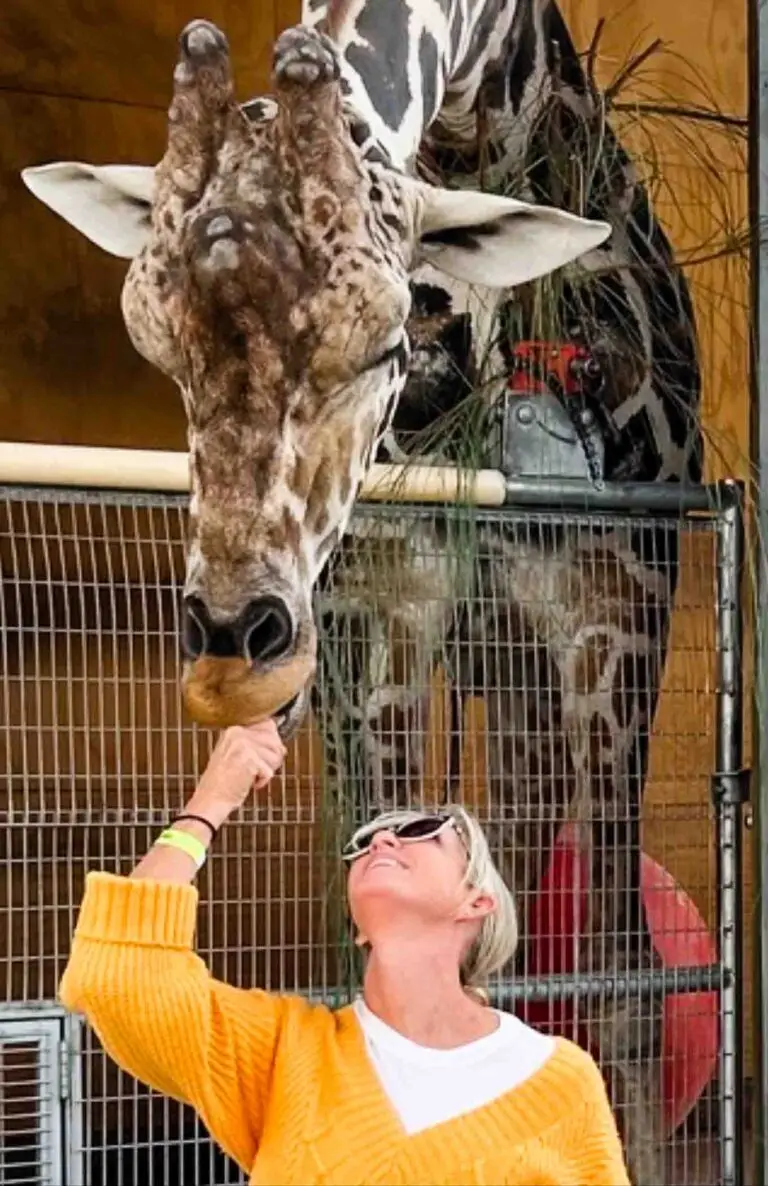
Travel Oceanside
Travel Oceanside and discover its charm with our ultimate guide. Explore beautiful beaches, a vibrant harbor, and a laid-back coastal vibe. Enjoy surfing, downtown adventures, and easy access to nearby gems like La Jolla, Dana Point, and San Diego.




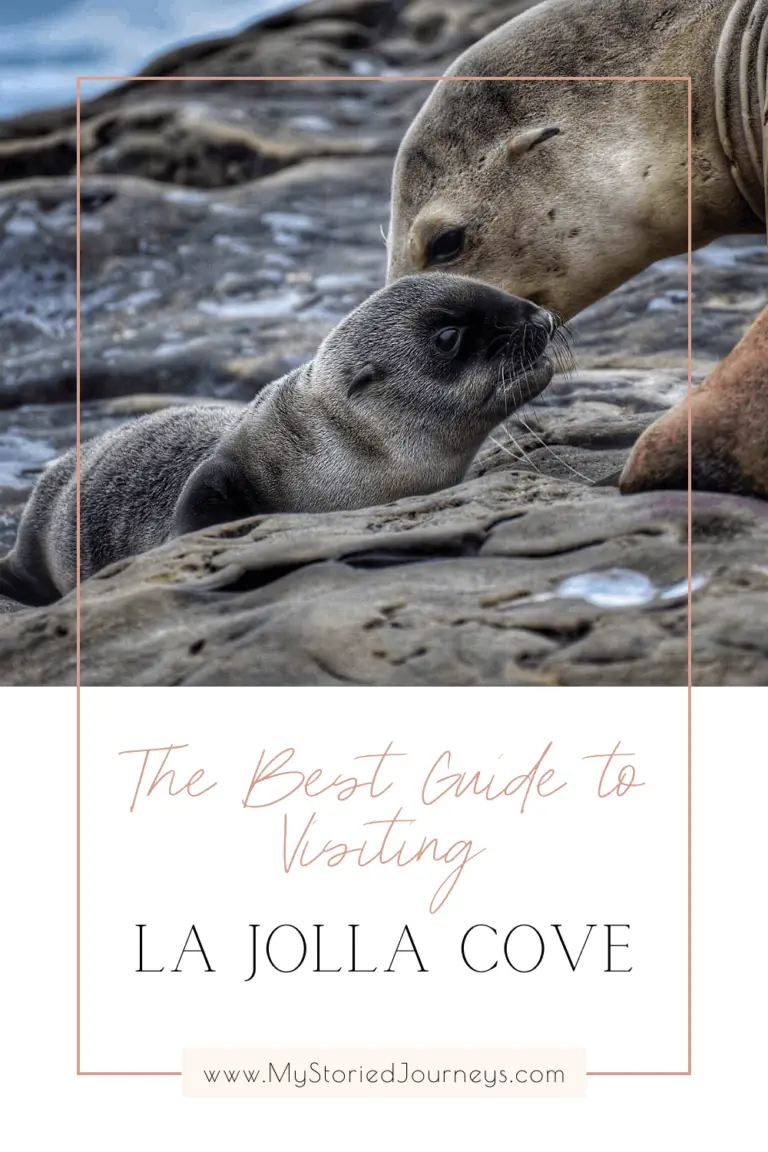

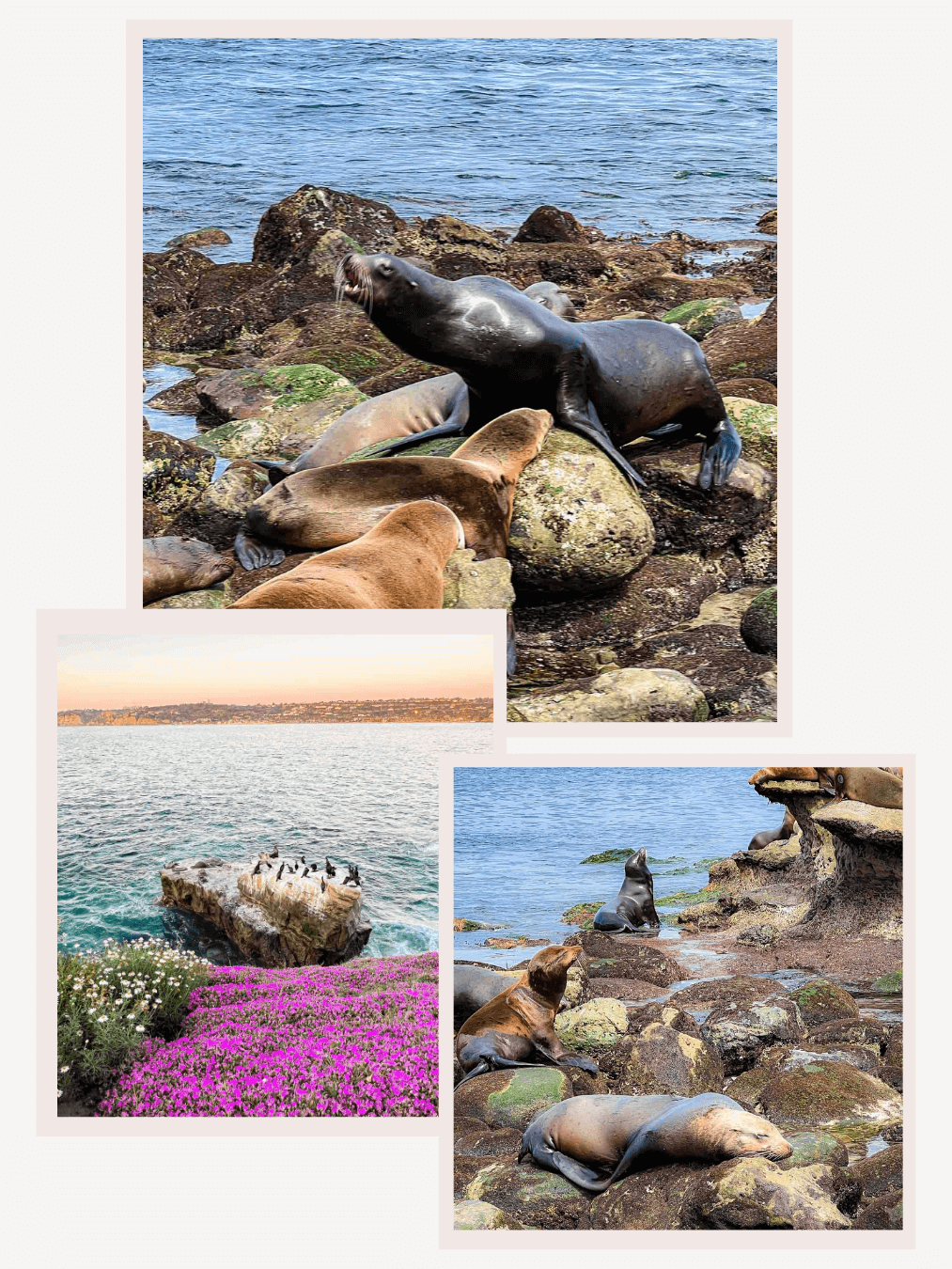 La Jolla Cove seals and sea lions are one of the most captivating natural attractions in
La Jolla Cove seals and sea lions are one of the most captivating natural attractions in 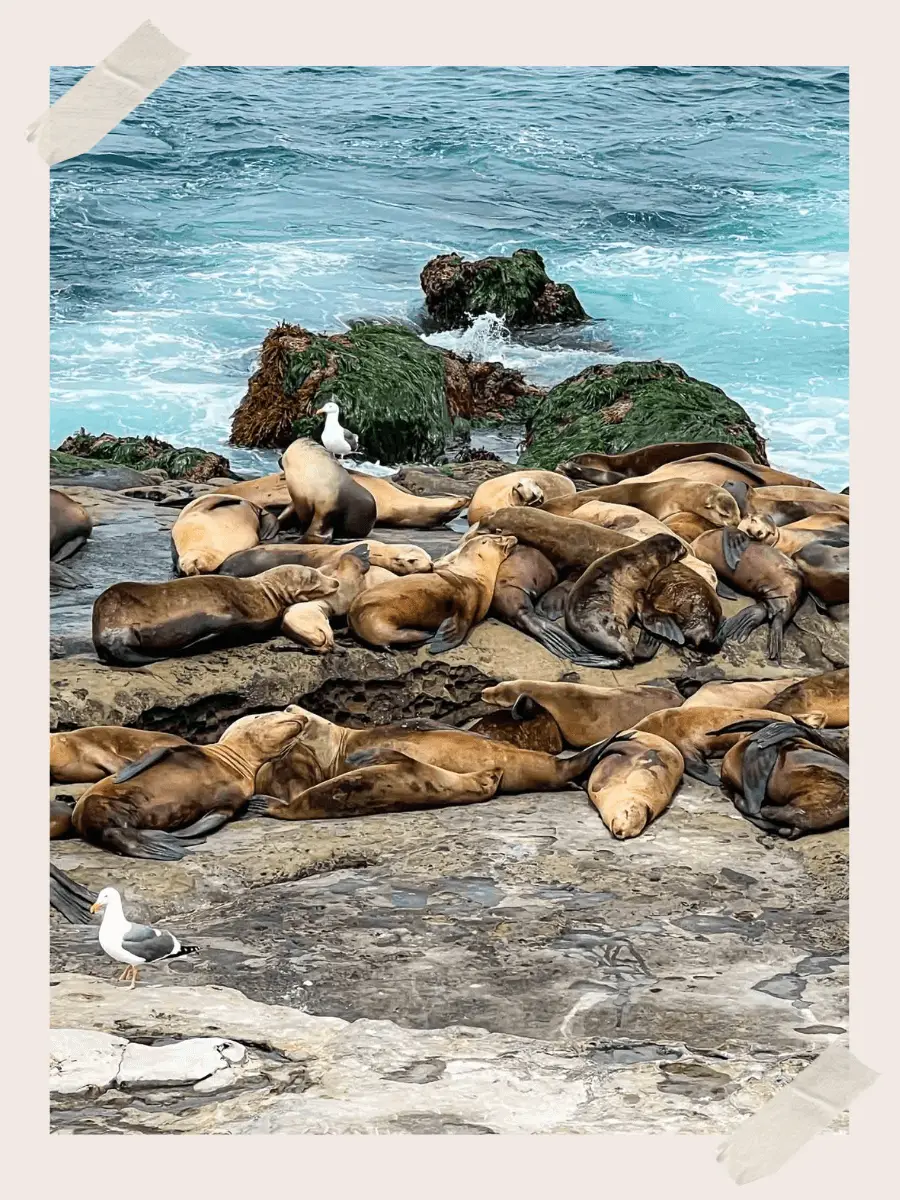 In recent years, more than 50 sea lion births have been recorded annually at Point La Jolla and Boomer Beach, just west of the Cove.
In recent years, more than 50 sea lion births have been recorded annually at Point La Jolla and Boomer Beach, just west of the Cove. Sea lions use Boomer Beach and Point La Jolla to give birth, nurse their young, and mate.
Sea lions use Boomer Beach and Point La Jolla to give birth, nurse their young, and mate. Sea lions play a vital role in the ecosystem.
Sea lions play a vital role in the ecosystem.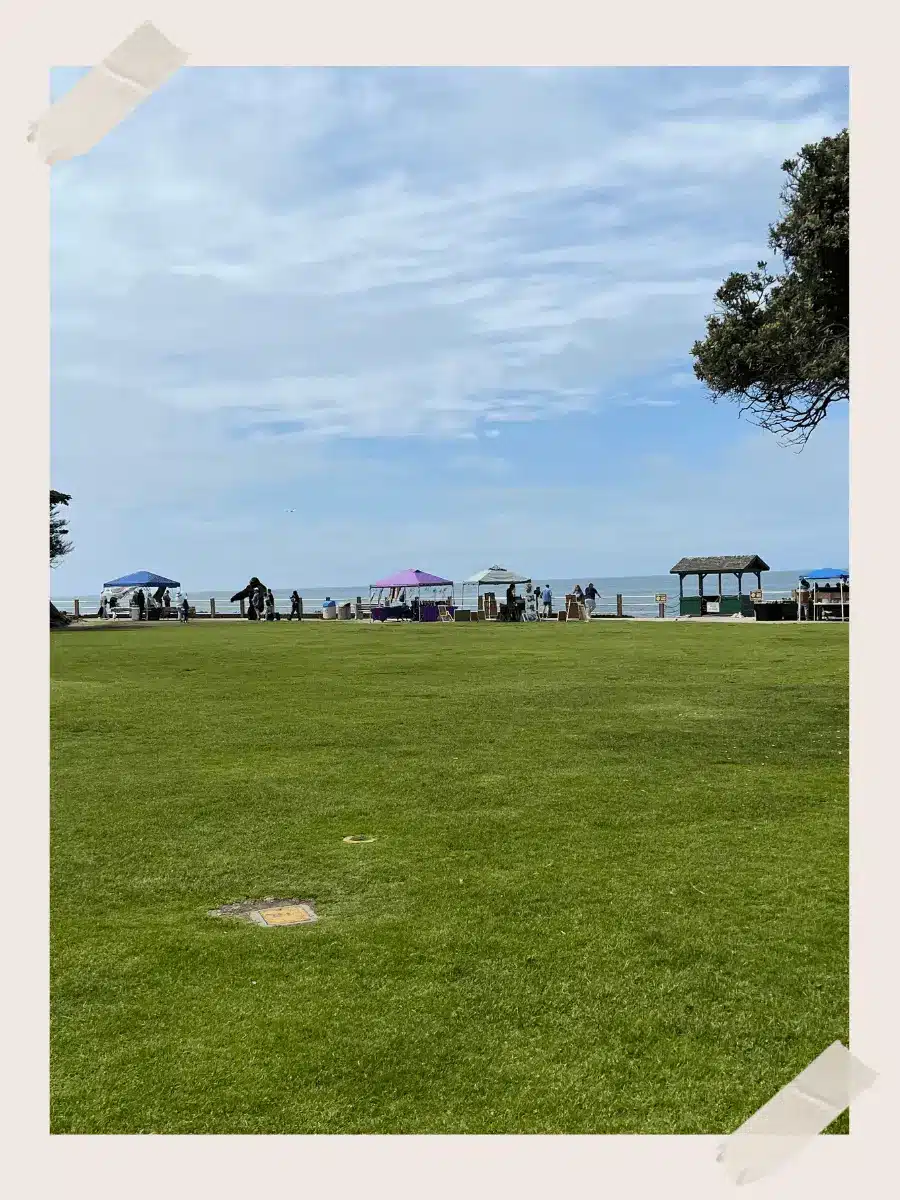 When visiting La Jolla to see the sea lions, it’s essential to respect their space and natural behaviors. Here are some guidelines to ensure a safe and enjoyable experience for both you and the sea lions:
When visiting La Jolla to see the sea lions, it’s essential to respect their space and natural behaviors. Here are some guidelines to ensure a safe and enjoyable experience for both you and the sea lions:
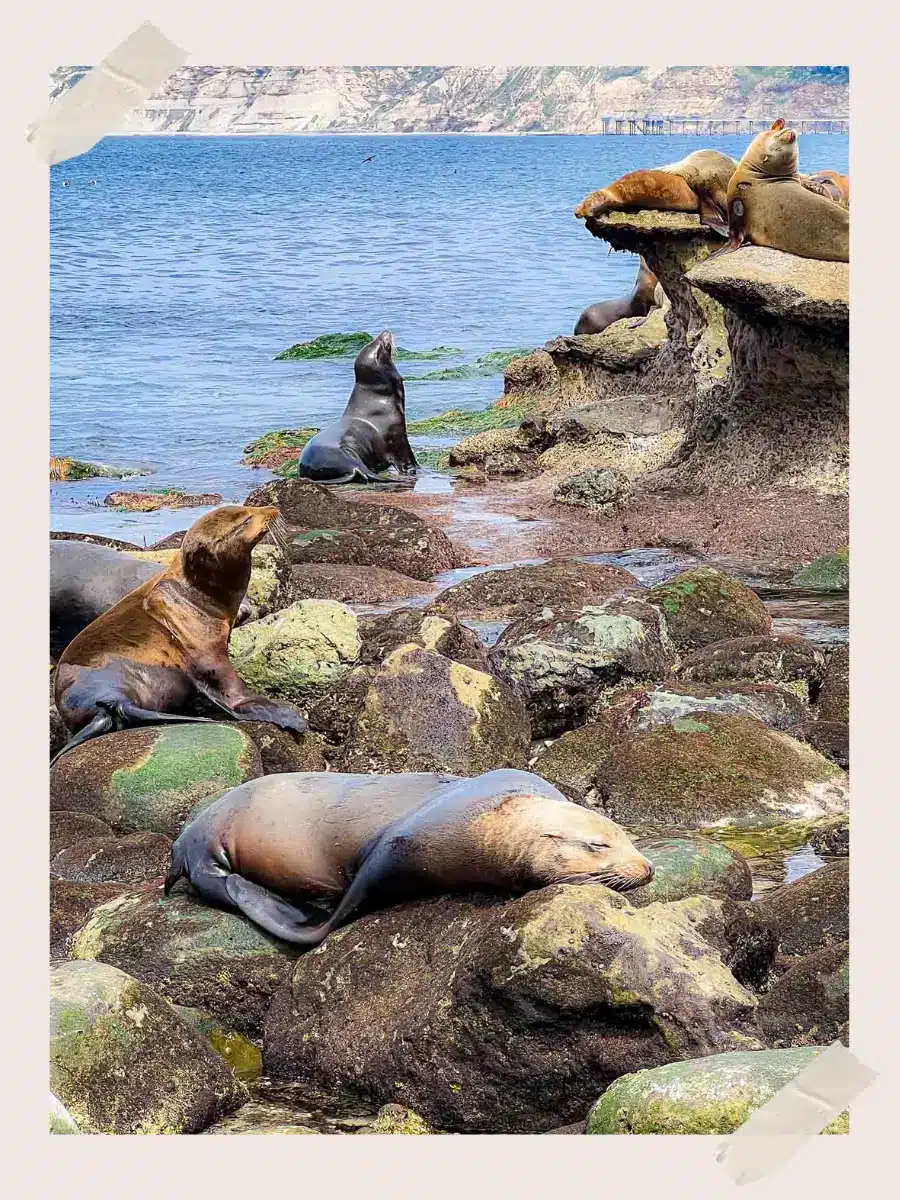 Whether you’re diving into the vibrant underwater world, picnicking in Scripps Park, or
Whether you’re diving into the vibrant underwater world, picnicking in Scripps Park, or 
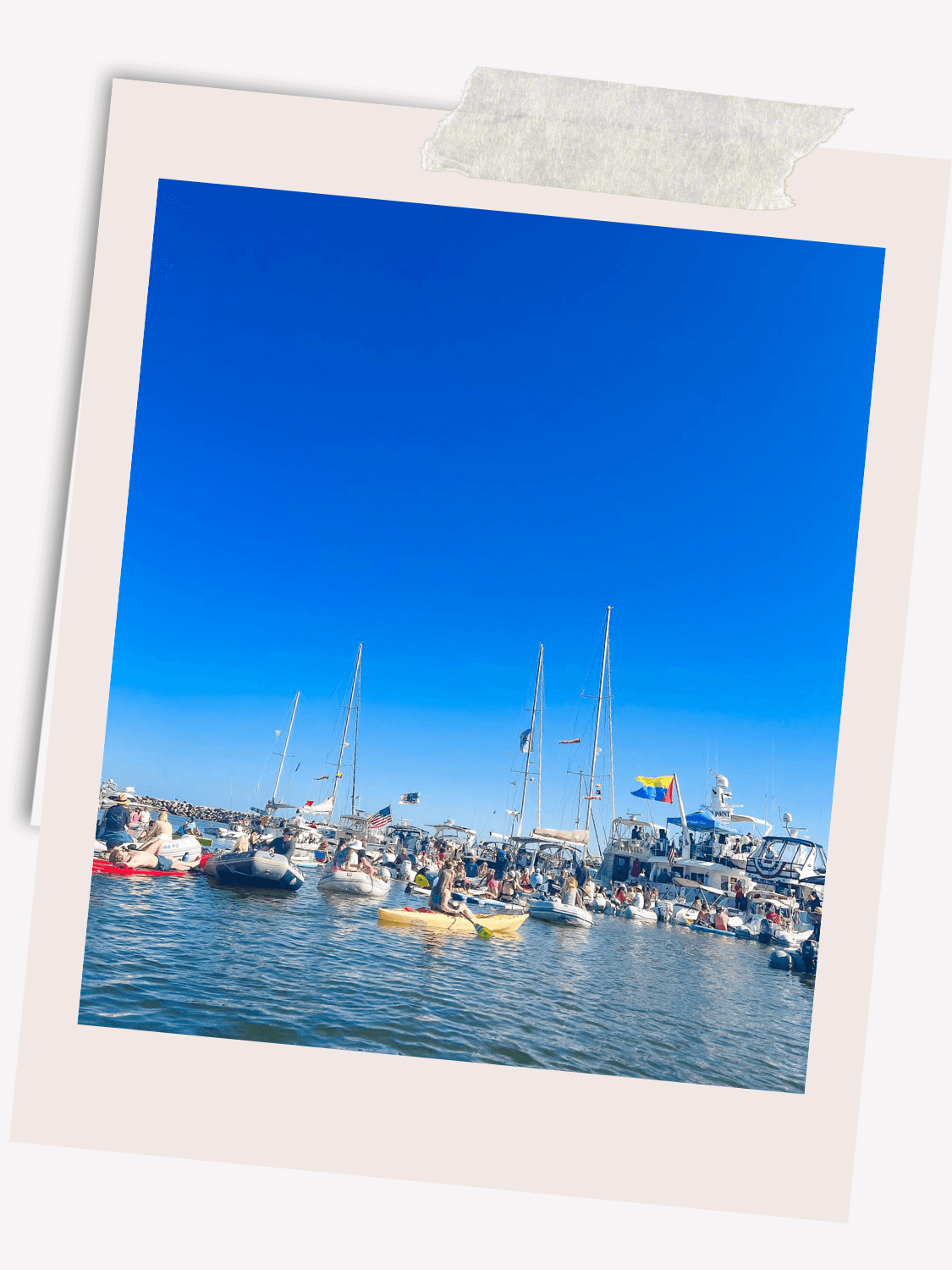 Visiting the playful La Jolla Cove seals and sea lions is one of the most iconic experiences in
Visiting the playful La Jolla Cove seals and sea lions is one of the most iconic experiences in 
